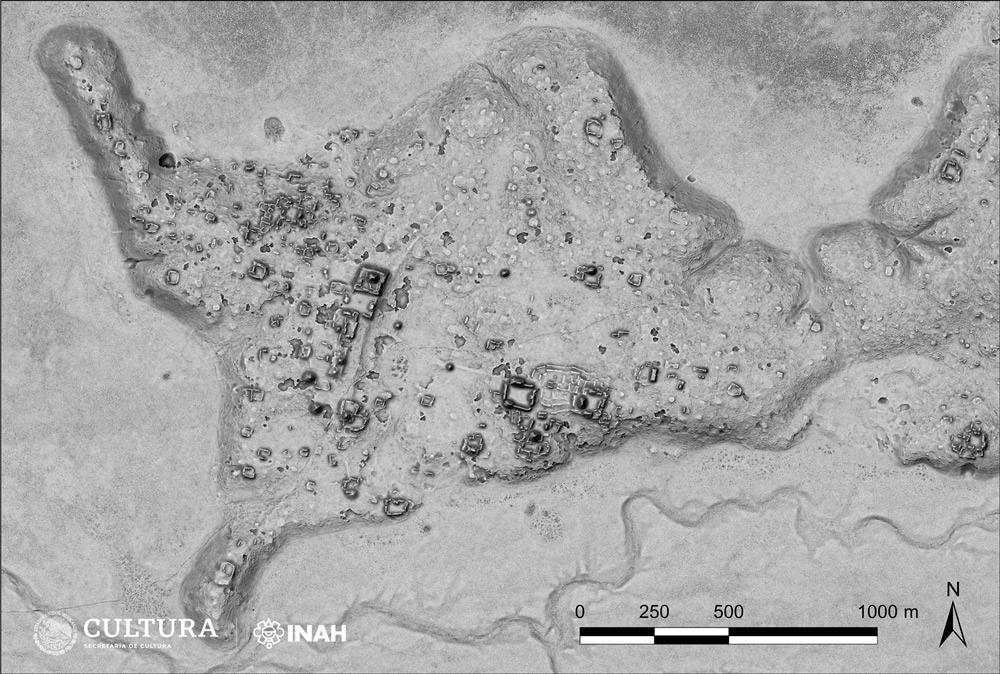In a remarkable archaeological breakthrough, a team of researchers led by renowned archaeologist Ivan Ṡprajc has uncovered a thousand-year-old Mayan city deep within the heart of the Balamkú ecological reserve, situated in the central part of the state of Campeche, Mexico.
The groundbreaking discovery, named Ocomtún, meaning “stone column” in the Yucatec Mayan language, is an ancient settlement adorned with numerous cylindrical stone columns, scattered throughout the site.
The discovery is a result of the first field season of the ambitious project titled “Expanding the Archaeological Panorama of the Mayan Central Lowlands.” The project was approved by the Archeology Council of the National Institute of Anthropology and History (INAH), under the Secretariat of Culture of the Government of Mexico, and was successfully coordinated by the esteemed expert from the Research Center of the Slovenian Academy of Sciences and Arts.
The primary aim of the initiative is to shed light on a vast area that has remained largely unexplored by archaeologists for centuries. This region encompasses approximately 3,000 square kilometers in the central lowlands of the Mayan civilization, mostly covered by dense jungle and uninhabited. It shares borders with the Escárcega-Chetumal highway to the south, the northern sector of the Calakmul Biosphere Reserve to the east, and the Chenes region to the north.
The archaeological expedition, conducted during May and mid-June 2023, concentrated on the extreme northwestern part of the Calakmul municipality within the Balamkú region, an ecologically conserved area. Prior to the fieldwork, aerial images of the terrain indicated promising signs of potential archaeological remains.
In March 2023, the National Center for Airborne Laser Mapping, affiliated with the University of Houston in the United States, conducted an airborne laser scanning (LiDAR) survey of the designated area. The LiDAR technology provided highly detailed images of the surface, proving to be instrumental in guiding the expedition team to the archaeological site.
The multidisciplinary team comprised experts from various fields, including Mayan epigraphy specialist Octavio Esparza Olguín, geodesist Aleš Marsetič, teacher Atasta Flores Esquivel, and archaeologists Quintín Hernández Gómez and Vitan Vujanović. Additionally, local workers from nearby communities played a crucial role in the exploration.
The discovery of Ocomtún offers a unique opportunity to expand the knowledge of Mayan history and culture in a region that has remained shrouded in mystery for generations. As the researchers delve deeper into the ancient city’s secrets, it is expected that the findings will provide valuable insights into the lives and practices of the Mayan civilization that once thrived in the lush jungles of Campeche.
The ongoing project promises to unveil more hidden treasures from the rich tapestry of the past and further enrich our understanding of one of the most sophisticated civilizations in history.
A global media for the latest news, entertainment, music fashion, and more.




